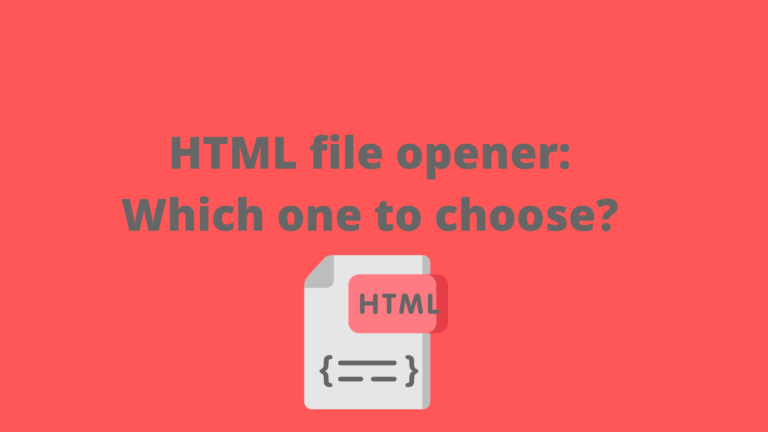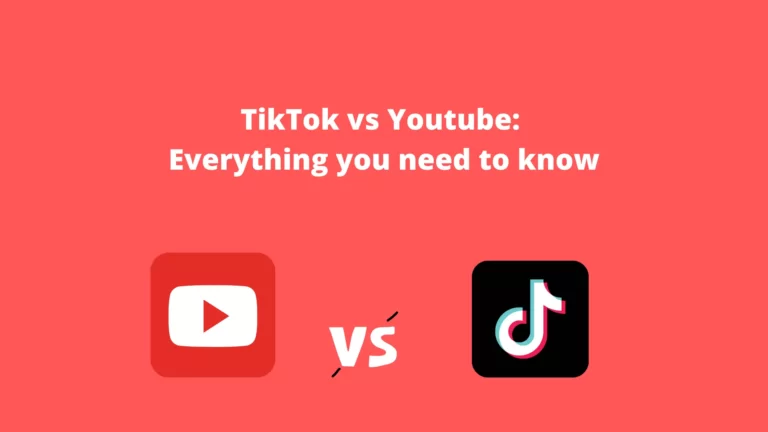
Insights & Guides For Modern Technology Users
Just Added

Optimizing For Mobile: Everything You Need to Know
What Is Responsive Design? Responsive design refers to the concept of creating websites that automatically adapt and adjust their view, content, and design elements to be automatically suitable for different

HTML For Bloggers
What Does HTML Mean and What Can Bloggers Do With HTML? HTML, short for Hypertext Markup Language, is a standard markup language used to structure content on the web. It

.NET Relevance In 2023 And Possibilities For Machine Learning in .NET
Machine Learning in .Net Machine learning is one of the most trending technologies in recent times. The global market size of machine learning is expected to reach USD 302.62 billion

Everything You Need to Know About HTML Blog
What is HTML? HTML stands for Hypertext Markup Language, which is a markup language used to create web pages. HTML uses tags and attributes to structure content on a web

HTML Website Widgets [Best Recommendation]
HTML Website Widgets The HTML widget is a tool that allows you to enter or paste your HTML content into a page. With the help of the HTML widget, you

HTML Blog Template: Top Recommendations
Best HTML blog template websites ThemeForest – This is one of the most popular places to find HTML templates for different purposes, it includes variety of great options. EnvatoElements –

How Long Does It Take To Learn HTML [Key Facts]
Is it hard to learn HTML? Learning HTML doesn’t have to be hard. Straight intention and dedication are what you need to become very good in HTML in just a

Free HTML Editor: 2023 Recommendations
What is HTML coding? The process of creating web pages consisted of a series of codes that the end-user can’t see is called HTML coding. HTML is a programming language

HTML file opener: Which one to choose in 2023?
What is HTML file opener used for? There are plenty of programs made to open and edit HTML files. Some of them are free and some of them need to








